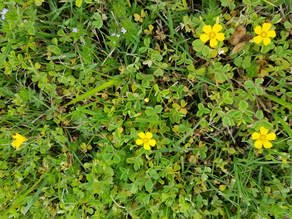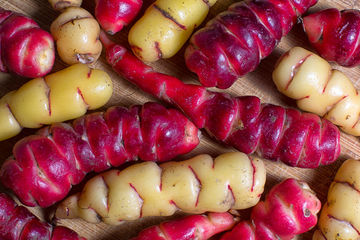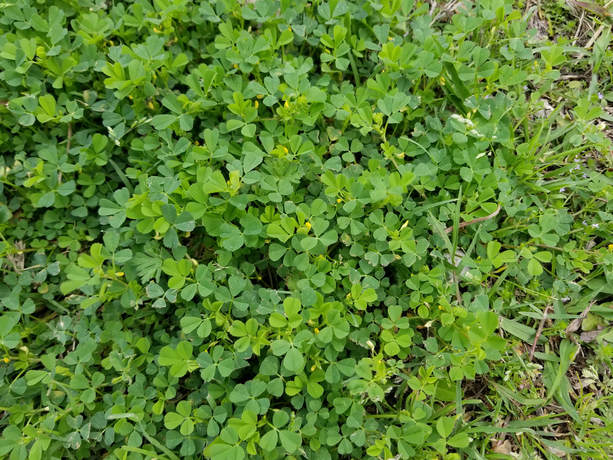We're so excited about our new program! Next Tuesday will be our first Farm-To-You event! We will be bringing products from the farm to a neighborhood in Fate. If you are in the area, please stop by and say hello. We would love to meet you! 
0 Comments
 Oxalis can be found growing in most any yard or garden. Many people try to kill this "ugly" weed. I like to think of it as a food I didn't need to plant. As we all know, beauty is in the eye of the beholder. This beauty is good to eat. Backpackers use it as a refreshing drink along the trail. The flowers, leaves, stems, seed buds and tuber roots can all be eaten. How do you identify Oxalis? It can have yellow, white or pink flowers. There are 850 different species of Oxalises. All have flowers with five petals. The "clover like" leaf has three heart-shaped leaflets. Even though it looks like a clover, it's not related at all! So how do they differ? They both have three leaves. Both have pink, yellow or white flowers. The three leaves differ in that the true clover leaves are more rounded. The clover leaf has a tiny toothed edge. A full or partial white chevron design can be found on the green leaflets of the clover as well. The easiest way to tell them apart is to wait until they bloom. Oxalis will always have a five petal flower. The clover bloom will be round in shape and some can be sort of spiky.
More Recipes Now that's what I call hiding the evidence. While enjoying a nice soup and salad on the patio with guest, just keep smiling as you pull up another spoonful of soup to your mouth when you hear them complement you on a weed-free garden! (Read the consumption warnings below.)
Oxalis has been said to reduce fever and increase appetite. When applied as a topical, it can reduce inflammation. Consumption Warnings: As with many things, eating in excess is not a good thing. Oxalis contains oxalic acid. This acid can bind dietary calcium, resulting in a loss of calcium in your bones. When eaten in excess, it can also cause kidney disease. One can find this warning in most articles on eating Oxalis. However, these same warnings are not found on other items such as black tea, parsley, rhubarb, spinach, chard, beets, cocoa, nuts, berries, black pepper and beans which also contain oxalic acid. |
A Mattingly
Artist, Writer, Holistic Living Guide Important Disclaimer: Any content discussing medicinal uses of plants, herbs, or food as medicine is informational only and not prescriptive. When dealing with health issues, be sure to do your own research and consult with the appropriate health professional for guidance. These statements have not been evaluated by the FDA. It is information based on my personal research and studies.
Categories
All
Archives
September 2023
|



 RSS Feed
RSS Feed